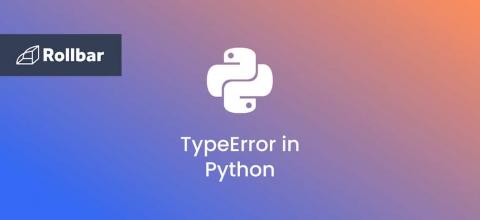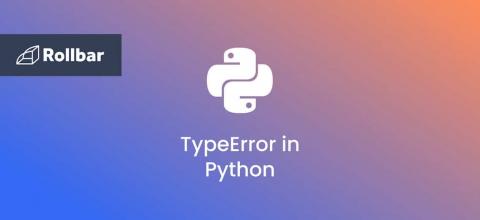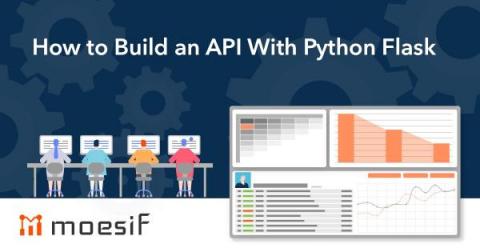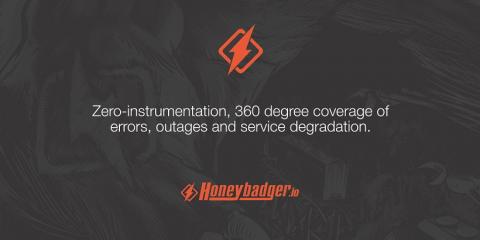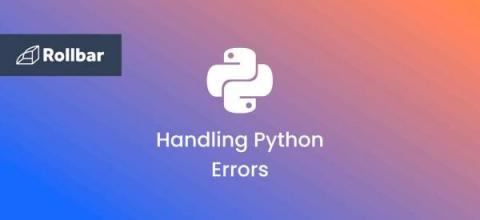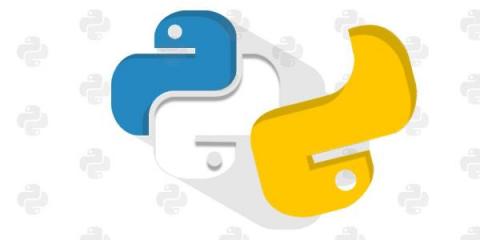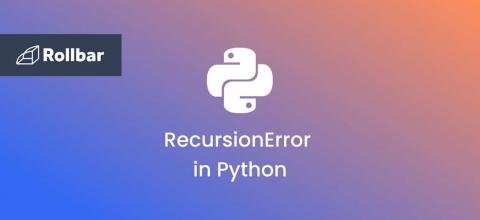How to Handle TypeError: Unhashable Type 'Dict' Exception in Python
The Python TypeError: unhashable type: 'dict' usually occurs when trying to hash a dictionary, which is an unhashable object. For example, using a dictionary as a key in another dictionary will cause this error. This is because dictionaries only accept hashable data types as a key. Only immutable objects such as strings, integers and tuples are hashable since they have a single unique value that never changes.


